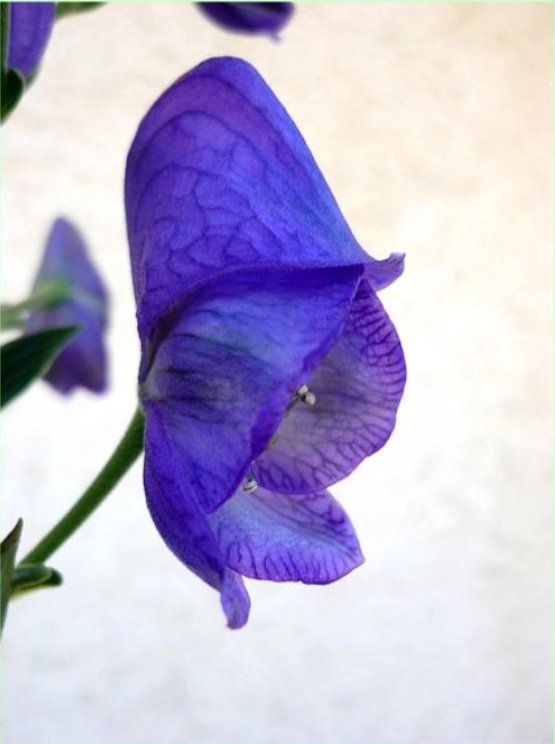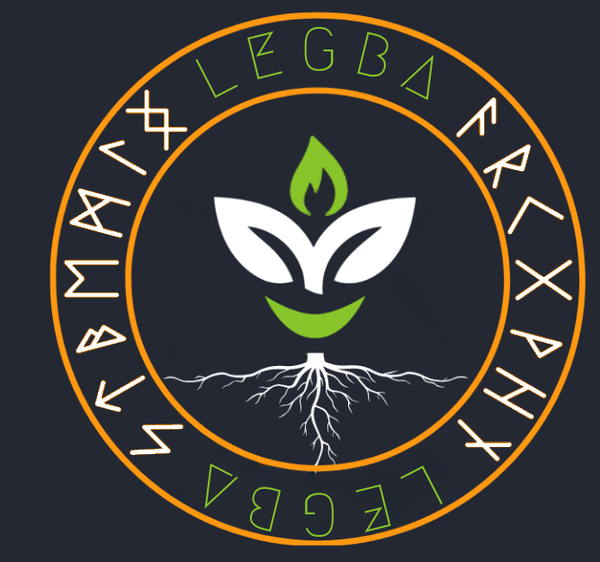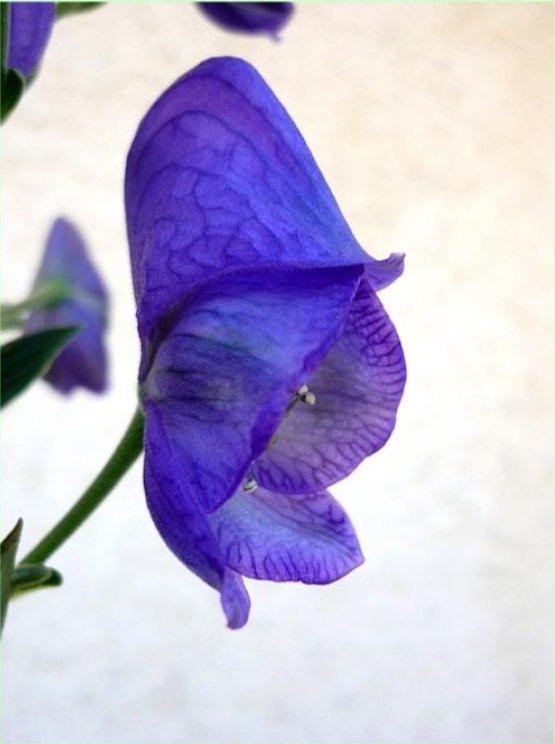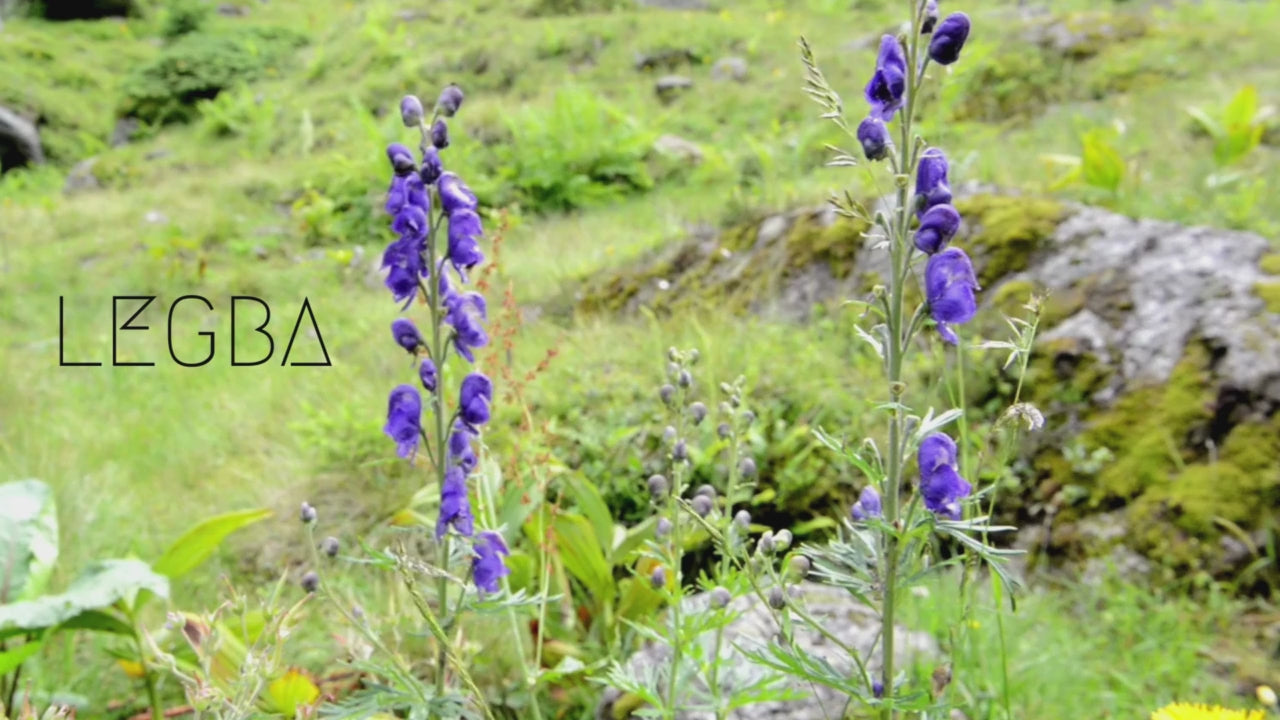Jupiter Helmet
WARNING!! Plant fatal in very small quantities by ingestion (the size of a quarter of a leaf nail) and dangerous when touched! Under no circumstances leave within the reach of a child or an animal. Do not touch this plant without gloves!
LEGBA
Plant Aconitum napellus Jupiter's helmet
Plant Aconitum napellus Jupiter's helmet
Couldn't load pickup availability
According to legend, Jupiter's helmet is feared like the plague by werewolves, vampires and demons. In the past, some bonesetters prescribed aconite to the unfortunate people who believed themselves to have transformed into wolves.
➥Ingested, it causes burning of the mouth, a tingling sensation, headaches, dizziness, nausea, colic, a feeling of numbness of the skin of the face. Causes paralysis and cardiac arrest. It was the plant poison par excellence in antiquity. According to the writings of a disciple of Aristotle, the toxic substance could be dosed in such a way that the poisoned person would only die after two, three, or even six months, by progressive paralysis.
➥Antiquity knew of plants with hallucinogenic or dream-inducing effects. Among them are aconite, belladonna, hemp, foxglove, mandrake, jimsonweed... Aconite was used in the preparation of philters, ointments or magic potions.
➥ In ancient Europe and Asia, Aconite was used to poison the enemy's water supply. In addition, hunters used its juice to poison their spears, arrowheads, and trap bait.
Share

Availability & cultivation guide
Shipping info (size, period...)
Shipping during April to the end of October.
7x7cm pot
The plant can be sent without stem
A little botany
Aconitum napellus is a species of plant in the Ranunculaceae family.
Aconite napel is a herbaceous plant, erect, perennial with a tuberous root. This root usually includes two tubercles.
The blue flowers for this species are grouped in clusters, the calyx is made up of five sepals, the posterior sepal, distinct from the four others, has a characteristic helmet shape.
How to cultivate it? Growing guide
Earth: earth rich in minerals and organic matter. Drain the bottom of the Aconite napel pot well with gravel, small pebbles or clay balls.
➥ Humidity : no need for too much watering: Hardy plant. One watering per week will be enough if in a pot. In the ground, Aconite napel does not need to be watered, the rain is sufficient.
➥ Exposure : partial shade with minimum light.
➥ Temperature: from 5 to 20°c. Do not fear severe frosts.
➥ Prune as soon as flowering ends in October.
Sowing:
Stratify the seeds (put them in the refrigerator at least 1 month before planting)
Then sow the seeds in light, well-draining soil without overwatering.
Toxicity
These are extremely toxic plants , which can easily cause death. Ingesting a piece of the plant can lead to heart failure.
This species is certainly one of the most toxic plants in the temperate European flora . The root contains 0.5 to 1.5% alkaloids, the main one being aconitine.
It is the entire air plant that is used in homeopathy. Aconitum napellus has a wide range of action against nervous problems and inflammatory infections


